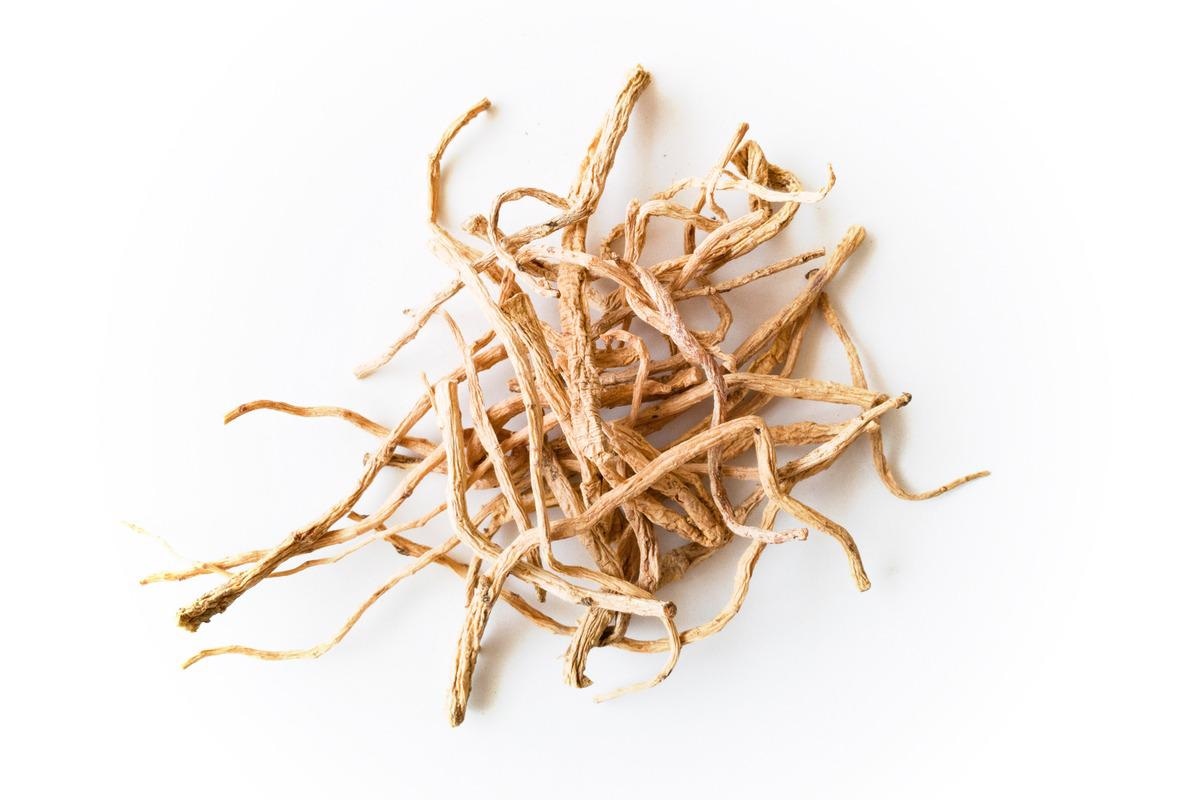In a recent study published in Cells, researchers assessed the anti-coronavirus disease 2019 (COVID-19) efficacy of Salvia miltiorrhiza Bunge.

Background
No pharmaceutical agent has demonstrated significant efficacy in COVID-19 treatment in the acute phase, especially in immunocompromised individuals in whom vaccination is weakly efficient. Herbs used in conventional Chinese medicine (CM) might be an effective option for treating severe acute respiratory syndrome coronavirus 2 (SARS-CoV-2) infection. CM methods were previously utilized to treat or prevent H1N1 influenza and SARS in 2009 and 2003, respectively.
Salvia miltiorrhiza Bunge (S.miltiorrhiza), also known as danshen, is commonly used in traditional CM. S. miltiorrhiza has antifibrotic, anti-inflammatory, and antioxidative characteristics capable of producing neuroprotective and cardiovascular effects. Several investigations have suggested that S. miltiorrhiza may have COVID-19 therapeutic potential.
About the study
In the present work, the scientists evaluated the preclinical capacity of S. miltiorrhiza extracts for the COVID-19 treatment. The researchers analyzed the influence of S. miltiorrhiza extract on the interaction between cellular angiotensin-converting enzyme 2 (ACE2) receptors and SARS-CoV-2 using atomic force microscopy (AFM). Further, the authors determined the hindrance induced by the S. miltiorrhiza extracts on the peripheral blood mononuclear cell (PBMC)-induced inflammatory responses.
S. miltiorrhiza roots were hydroponically grown using an innovative vertical farming system with precise control of growth conditions by BOTALYS, Ghislenghien, Belgium. In addition, S. miltiorrhiza root extracts were analyzed using ultra-high-performance liquid chromatography (UHPLC). The ACE2 compound was transplanted onto gold‐coated model surfaces using N-hydroxysuccinimide ethylene dichloride (NHS-EDC) chemistry. In addition, the SARS-CoV-2 spike 1 (S1) subunit or ultraviolet (UV)-inactivated complete virions were used to functionalize the multi-scale computed tomography-D (MSCT-D) tips.
Peripheral blood was obtained from healthy subjects with no sign of atopic disease or active infection. Interleukin (IL)-1β, interferon α (IFN‐α), IL-6, and tumor necrosis factor α (TNF‐α) were measured using enzyme-linked immunosorbent assays (ELISAs). Furthermore, nuclear factor κB (NF‐κB) signaling was assessed employing western blot analysis.
Results
The study results showed that the S. miltiorrhiza extracts display an anti-binding potential against the SARS-CoV-2-ACE2 contact at concentrations in the μg/mL range. This impact was more significant in the full‐length SARS‐CoV‐2 virion, demonstrating the importance of multivalence in biological interactions. The authors showed that the incubation of S. miltiorrhiza with SARS-CoV-2 S protein resulted in a drastic decline in virion binding to the ACE2 receptor, leading to a drop in SARS-CoV-2 infection.
The findings revealed that S. miltiorrhiza extract has substantial inhibitory capacities against pro-inflammatory cytokine secretion and interferes with NF-κB signaling activation by the leukocytes. The blockade of the p65 phosphorylation by danshen led to the hindrance of NF-κB signaling activation, and the danshen extract completely inhibited the IFN-α release at 5 μg/mL, demonstrating robust inhibition to 1 μM dexamethasone.
In addition, the current S. miltiorrhiza extract was notably rich in compounds with anti-inflammatory properties, such as dihydrotanshinone I (DHt), cryptotanshinone (CTt), and tanshinone IIA/IIB (TI/TII). Moreover, prior studies have documented the NF‐κB signaling pathway inhibitory capacities of these compounds both in vivo and in vitro.
Collectively, these data indicate that S. miltiorrhiza extracts have positive impacts on both SARS-CoV-2 host cell entry and inflammatory response modulation.
Conclusions
The study findings illustrated that the S. miltiorrhiza extracts significantly lowered the SARS-CoV-2 binding to the cellular ACE2 receptors. The extracts demonstrated substantial inhibitory capacities in the identical concentration range on interference with the NF-κB signaling activation and pro‐inflammatory cytokine secretion. Moreover, S. miltiorrhiza extract displayed comparable and against IFN-α superior efficiency to current COVID-19 treatments, such as corticosteroids (dexamethasone).
Collectively, the present in vitro findings show that S. miltiorrhiza has anti-COVID-19 potential. The authors stated that the S. miltiorrhiza extracts block the SARS-CoV-2 binding to the host ACE2 receptor, followed by interference in NF-κB signaling and thereby causing a reduction in the leukocytes-mediated inflammatory response.
The current work depicts that danshen extract has promising prophylactic and early infection phase activities against COVID-19 and can impede inflammatory response developing in the later stage of SARS-CoV-2 infection. The robust IFN‐α inhibition strengthens the candidacy of S. miltiorrhiza as an efficient natural molecule against SARS-CoV-2.
This study offers valuable preclinical data about the anti-SARS-CoV-2 potential of danshen and emphasizes the need for a clinical trial evaluating the therapeutic advantages of S. miltiorrhiza in vivo.
- Petitjean, S. et al. (2022) "Salvia miltiorrhiza Bunge as a Potential Natural Compound against COVID-19", Cells, 11(8), p. 1311. doi: 10.3390/cells11081311. https://www.mdpi.com/2073-4409/11/8/1311
Posted in: Medical Science News | Medical Research News | Disease/Infection News
Tags: ACE2, Angiotensin, Angiotensin-Converting Enzyme 2, Anti-Inflammatory, Atomic Force Microscopy, Blood, Cell, Chromatography, Clinical Trial, Compound, Computed Tomography, Coronavirus, Coronavirus Disease COVID-19, covid-19, Cytokine, Dexamethasone, Efficacy, Enzyme, H1N1, in vitro, in vivo, Influenza, Interferon, Interleukin, Liquid Chromatography, Medicine, Microscopy, Molecule, Necrosis, Phosphorylation, Preclinical, Protein, Receptor, Respiratory, SARS, SARS-CoV-2, Severe Acute Respiratory, Severe Acute Respiratory Syndrome, Signaling Pathway, Syndrome, Tomography, Tumor, Tumor Necrosis Factor, Western Blot

Written by
Shanet Susan Alex
Shanet Susan Alex, a medical writer, based in Kerala, India, is a Doctor of Pharmacy graduate from Kerala University of Health Sciences. Her academic background is in clinical pharmacy and research, and she is passionate about medical writing. Shanet has published papers in the International Journal of Medical Science and Current Research (IJMSCR), the International Journal of Pharmacy (IJP), and the International Journal of Medical Science and Applied Research (IJMSAR). Apart from work, she enjoys listening to music and watching movies.
Source: Read Full Article